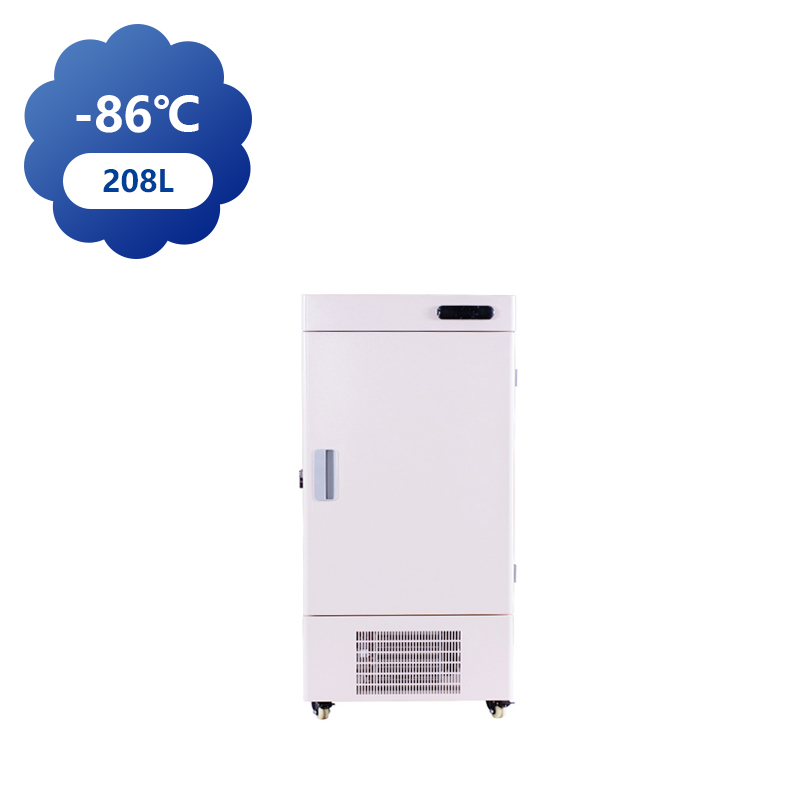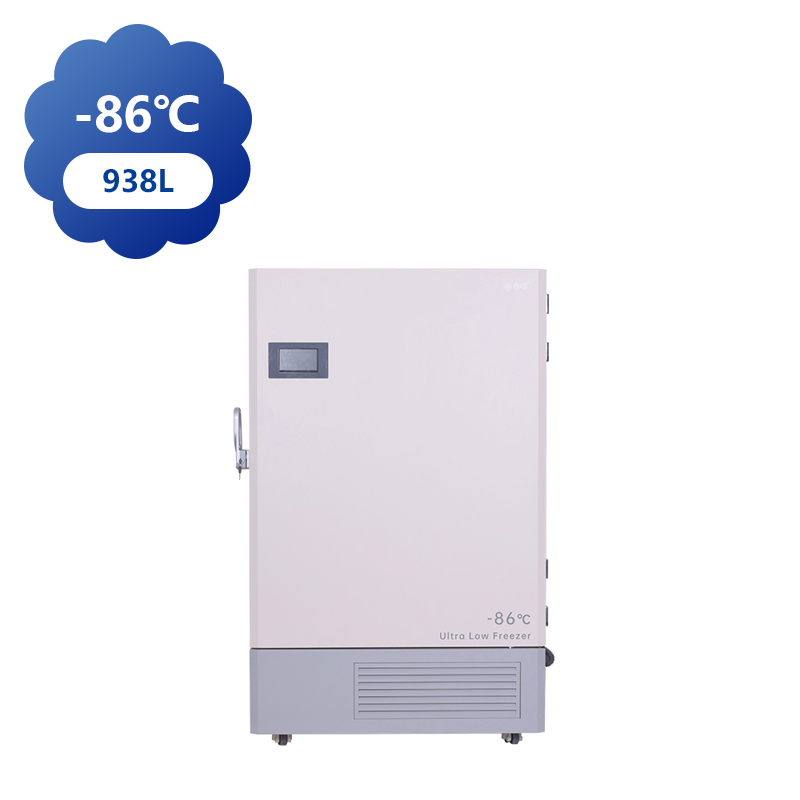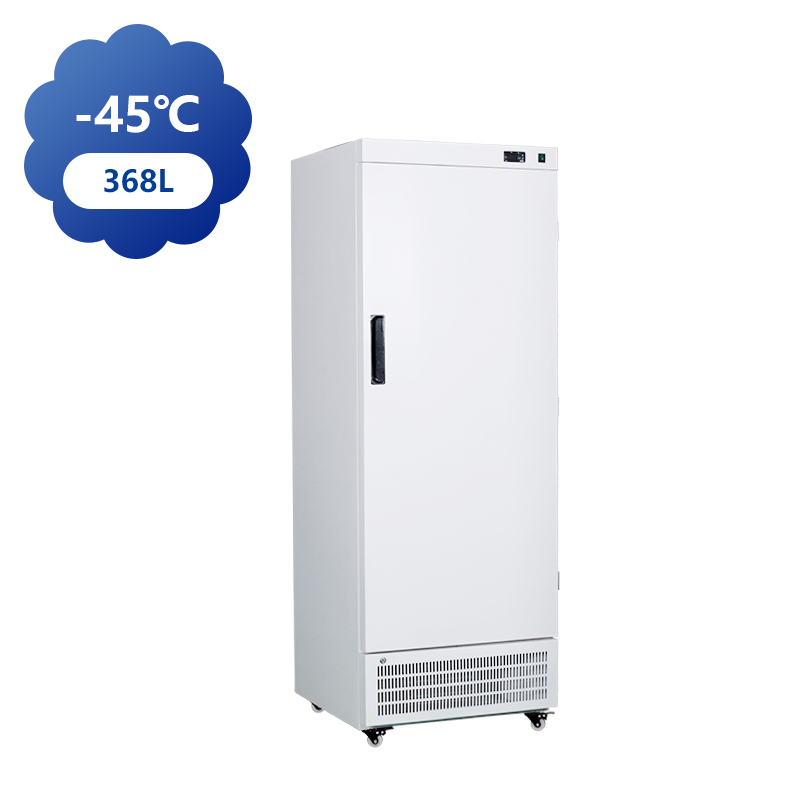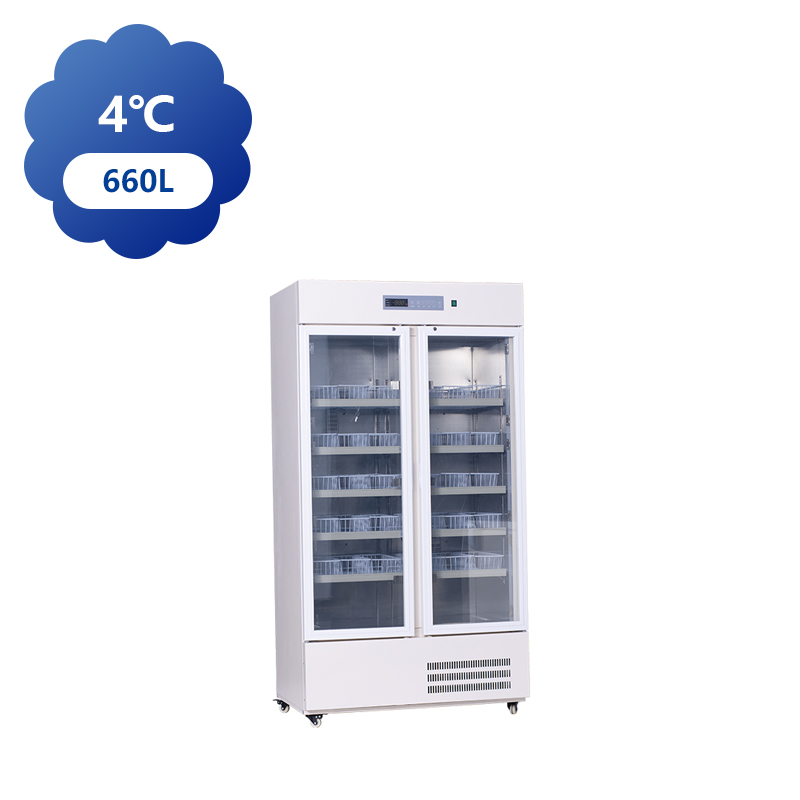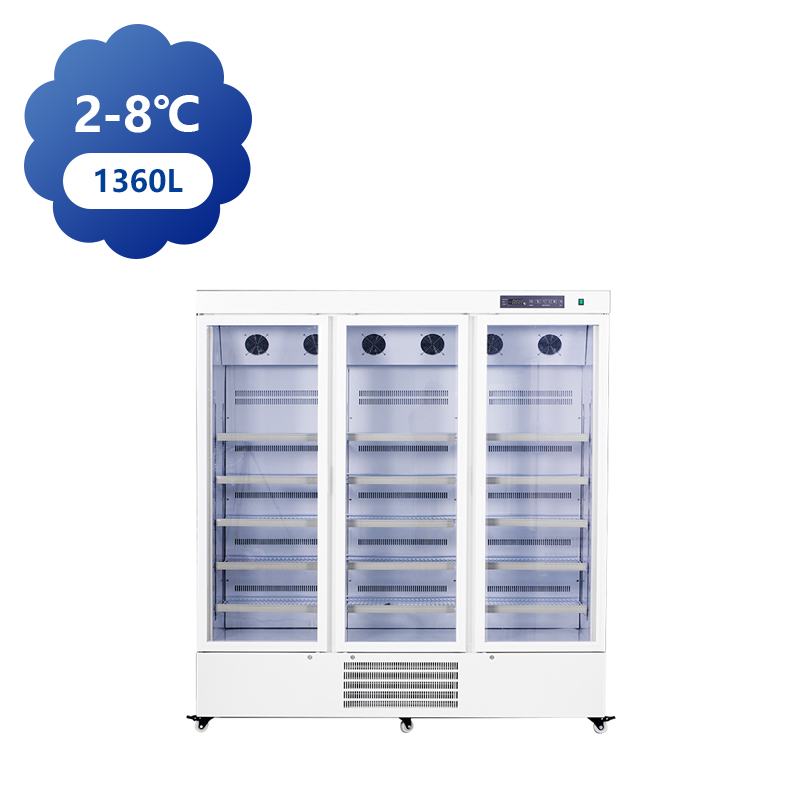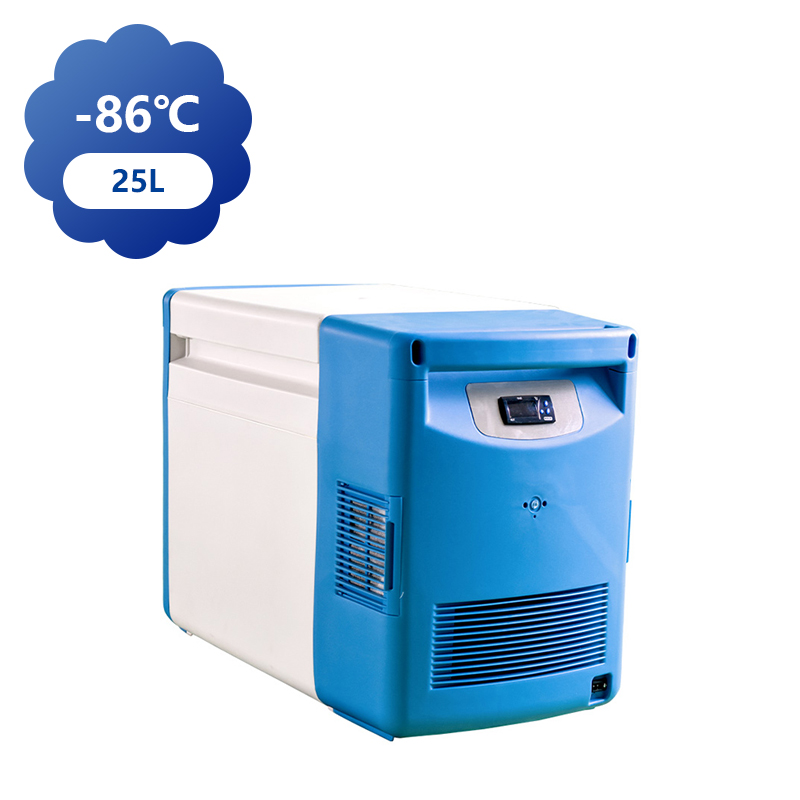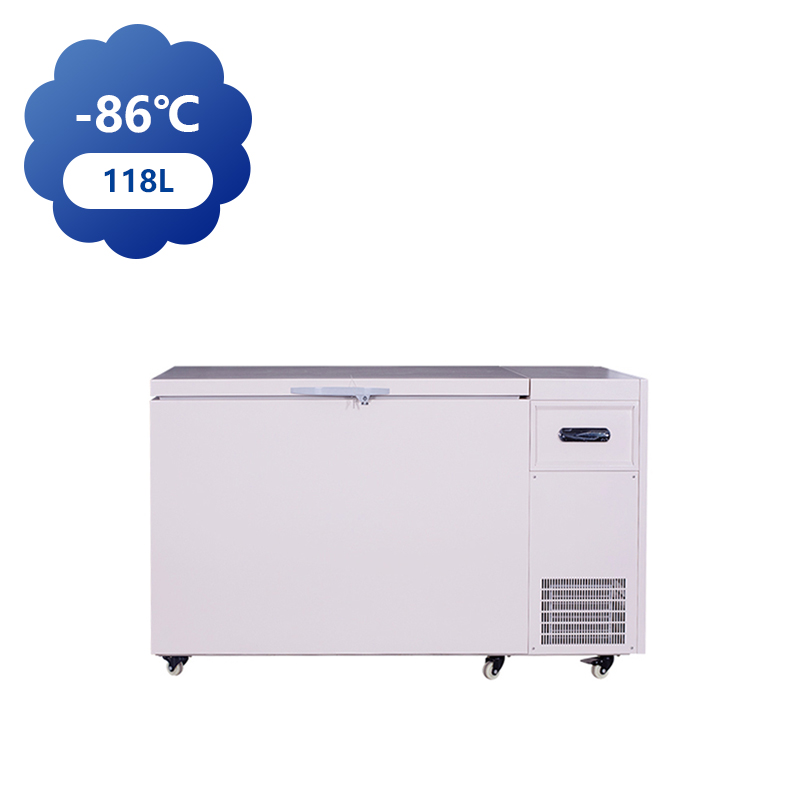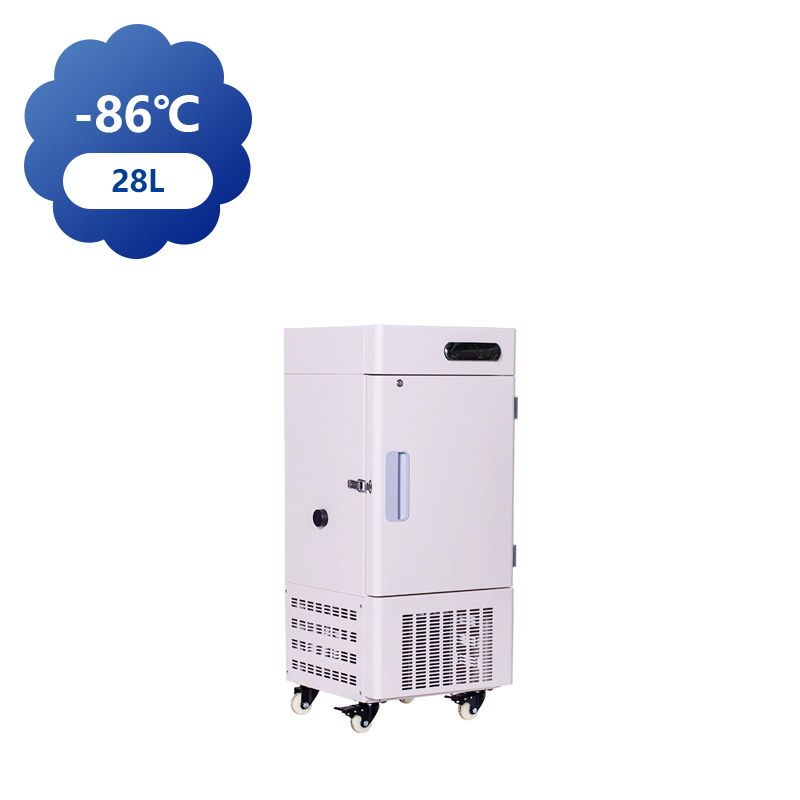You can contact to me using this form.
A Blood Bank Refrigerator is engineered to provide precise temperature control, ensuring that blood components such as red blood cells, platelets, and plasma remain viable for use. Typically, these refrigerators are designed to maintain a constant temperature range of 2°C to 6°C, the ideal temperature for blood storage. This temperature range prevents bacterial growth while preserving the integrity of blood components.
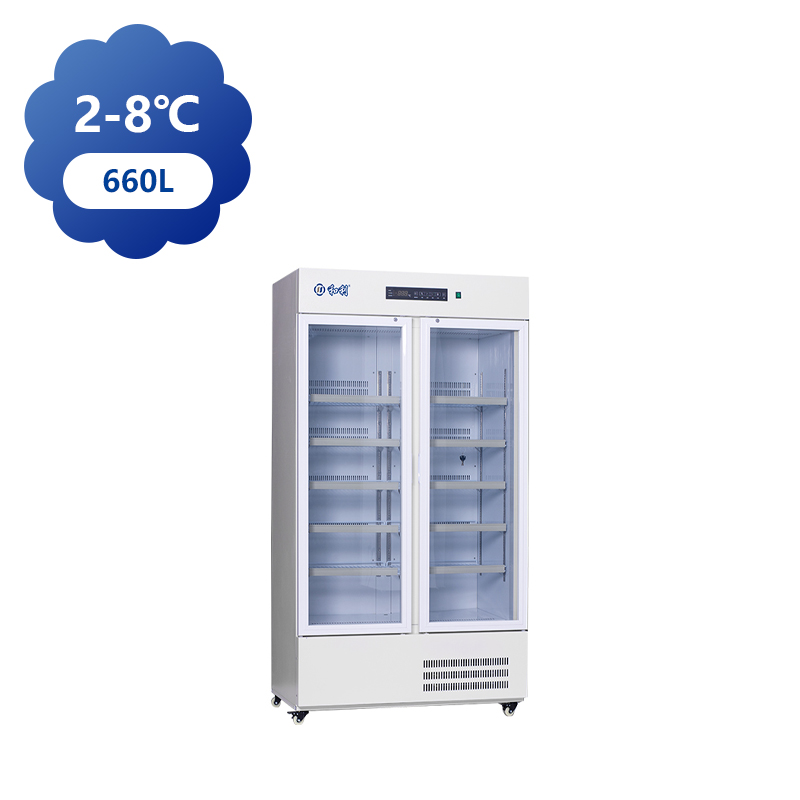
The internal configuration of a blood bank refrigerator includes shelves and racks that allow for the proper storage of blood bags, ensuring efficient airflow and easy access to stored materials. These units are often equipped with transparent doors to facilitate visual inspection of the contents without opening the door and disrupting the internal temperature. Additionally, some models feature internal lighting to further aid visibility.
One of the key aspects of a blood bank refrigerator is its built-in alarm system. This system alerts personnel in case of temperature deviations, ensuring immediate corrective actions to prevent the loss of valuable blood supplies. Some advanced models include data logging systems that track temperature variations over time, providing records that comply with industry regulations.
In addition to the internal components, manufacturers also ensure that blood bank refrigerators are energy-efficient and environmentally friendly. The use of high-quality insulation materials minimizes heat transfer, ensuring stable internal temperatures while reducing energy consumption.
Effective temperature control is one of the critical aspects of blood bank storage. Blood products must be stored at precise temperatures to preserve their function and prevent degradation. The blood bank freezer, typically used to store frozen blood products like plasma, is designed to operate at ultra-low temperatures ranging from -30°C to -80°C, depending on the specific requirements of the material being stored.
The refrigeration system of a blood bank freezer is built to maintain consistent temperatures, utilizing advanced technology to ensure uniformity throughout the unit. This is achieved through the use of multiple evaporators and high-performance compressors, which distribute cooling evenly across the freezer. The internal components work in harmony to prevent any hot spots or fluctuations in temperature that could compromise the integrity of the stored blood components.
The temperature control mechanism in blood bank freezers is highly sensitive and employs digital thermostats and temperature sensors to continuously monitor and regulate the internal environment. These sensors provide real-time data that is processed by the freezer's control system to maintain the set temperature. The control system can be calibrated for precise temperature adjustments, allowing users to set and fine-tune the freezer for specific storage needs.
In addition to the basic temperature regulation, modern blood bank freezers often include alarm systems that notify users of any temperature deviations. These alarms are crucial for the early detection of issues such as power failure, equipment malfunction, or improper door seals. Some advanced systems also include remote monitoring capabilities, allowing for temperature tracking from a distance, which is especially useful for facilities with multiple storage units.
Data logging is another important feature in maintaining precise temperature control. Many blood bank freezers are equipped with data loggers that record temperature data continuously, providing a historical record of the freezer's performance. This data is essential for compliance with regulatory standards and can be used for audits or inspections.
The backup power supply is another critical aspect of temperature control in blood bank freezers. To ensure continuous operation during power outages, many units are equipped with an uninterruptible power supply (UPS) or a backup generator. This helps prevent temperature fluctuations that could endanger the integrity of stored blood products.



 中文简体
中文简体 English
English Français
Français عربى
عربى +86-15988502726(wechat)
+86-15988502726(wechat)